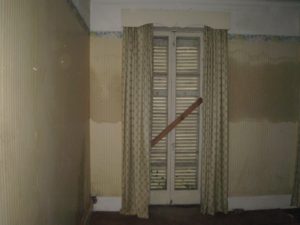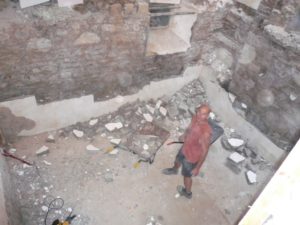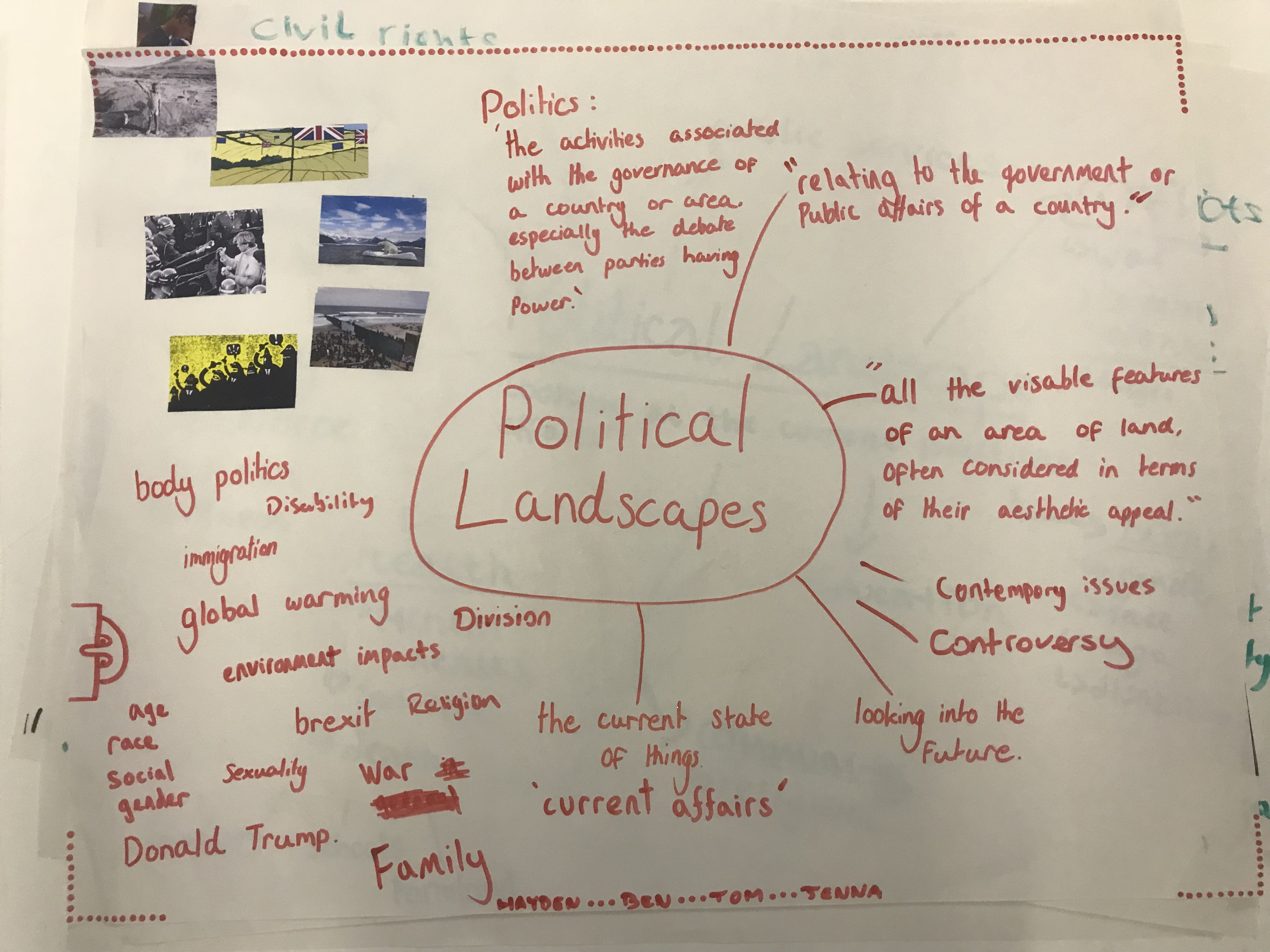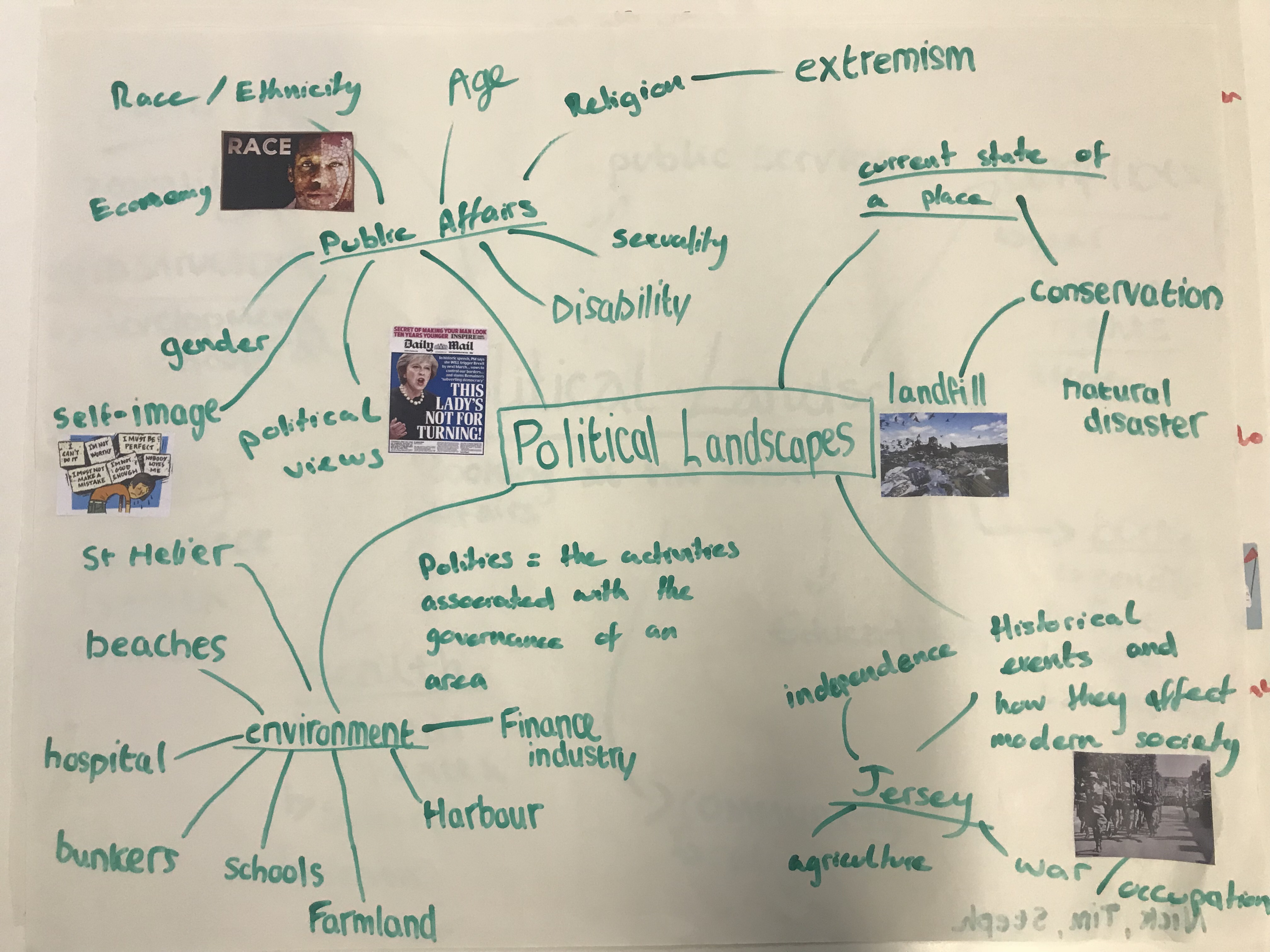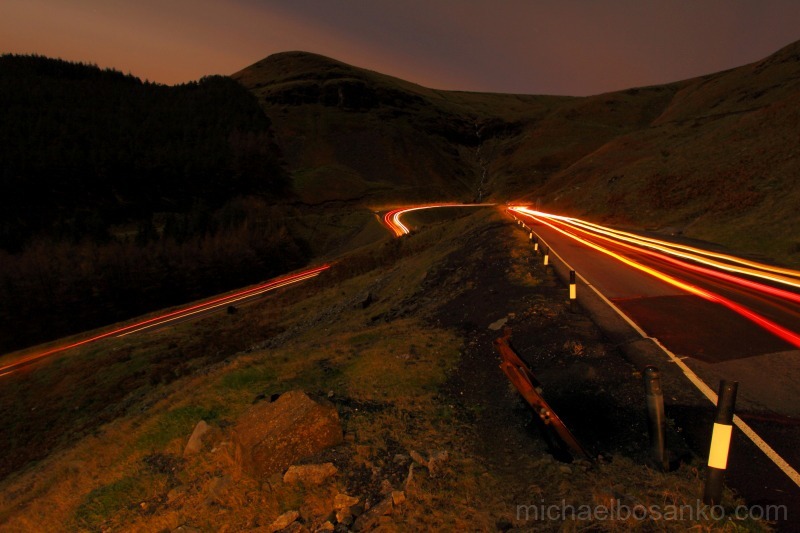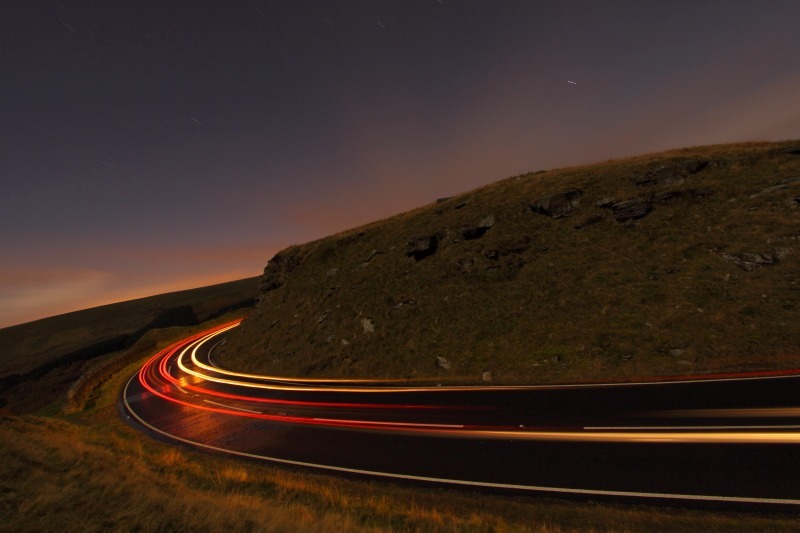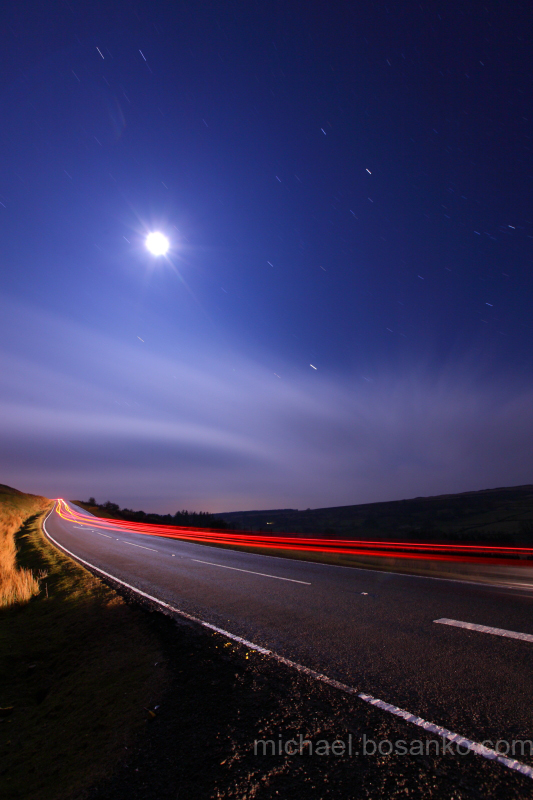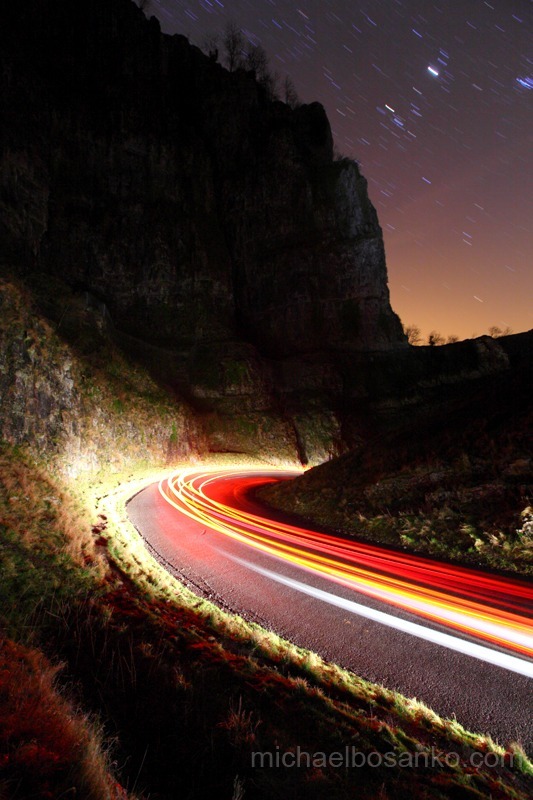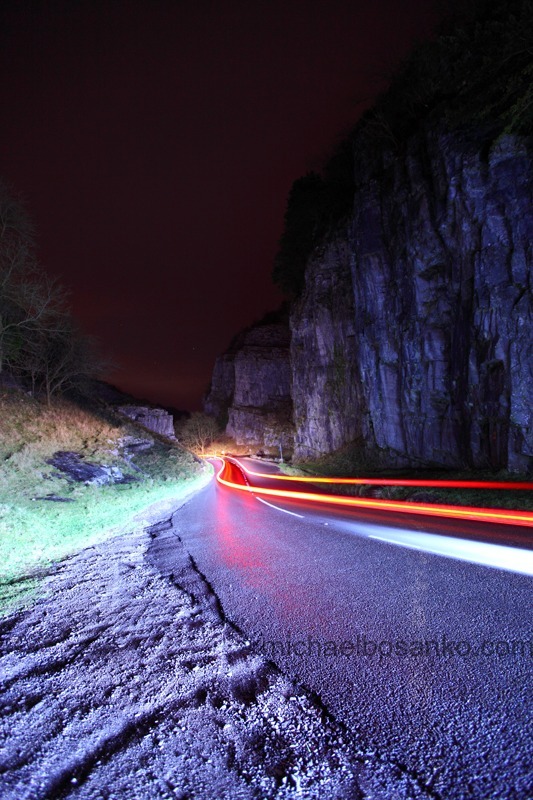” POLITICAL LANDSCAPE “
As a response to the term political landscapes I think that it’s only right to start off by looking at the definitions of the two words that make up this term.
Definition of Political : Relating to the government or public affairs of a country
(Synonyms: governmental, government, local government, ministerial, parliamentary, party political, diplomatic, legislative, policy-making, constitutional, public, civic, state, administrative, bureaucratic)
Here is a mood board which I have composed just based of my initial thoughts of the word political…
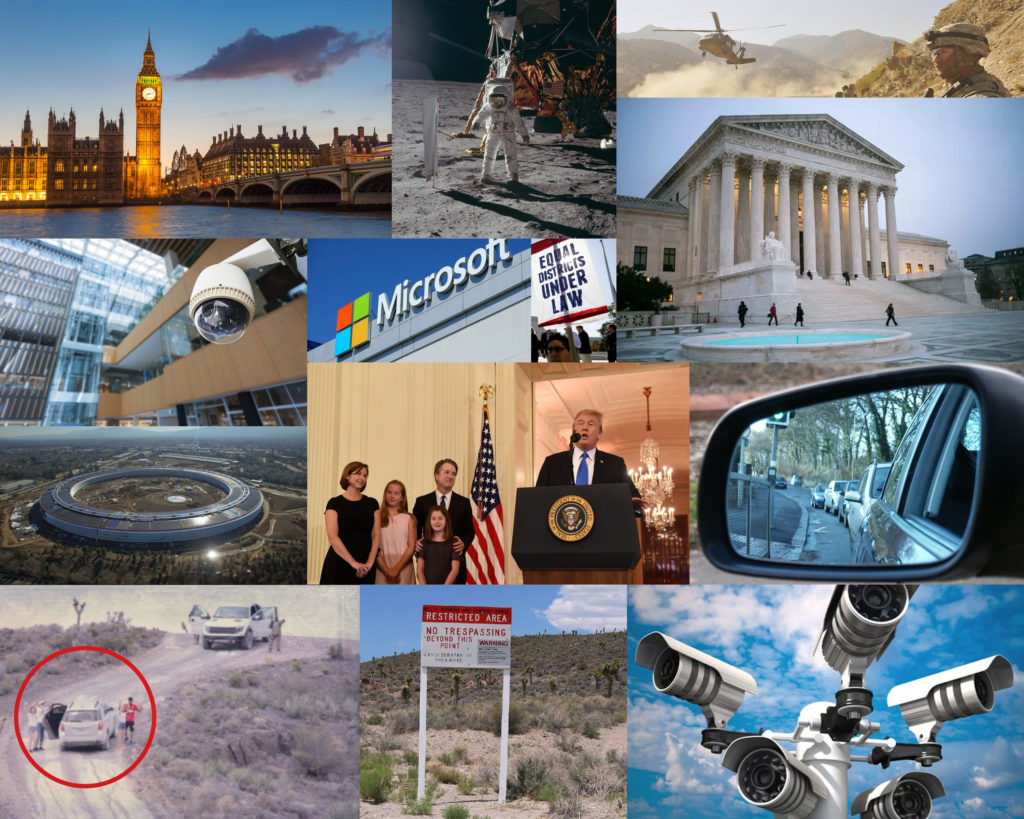
Definition of Landscape : All the visible features of an area of land, often considered in terms of their aesthetic appeal or denoting a format of printed matter which is wider than it is high.
(Synonyms: scenery, countryside, topography, country, land, terrain, environment)
Here is a mood board which I have composed just based of my initial thoughts of the word landscape…
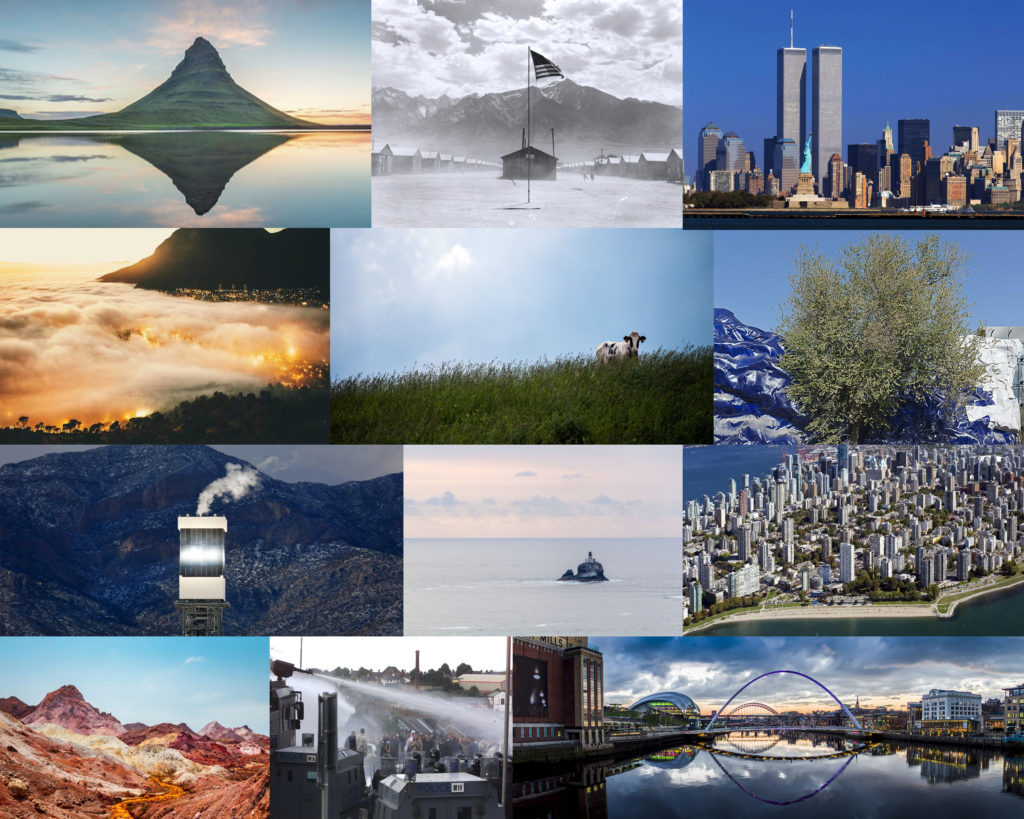
Here are 2 brainstorms which have been composed by the class looking at ideas surrounding the term ‘political landscapes’
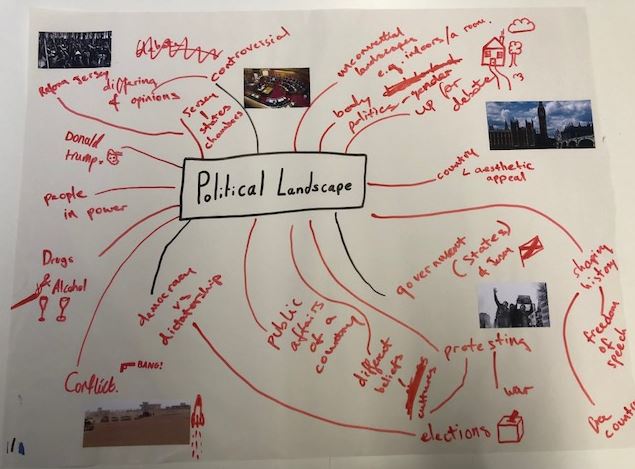
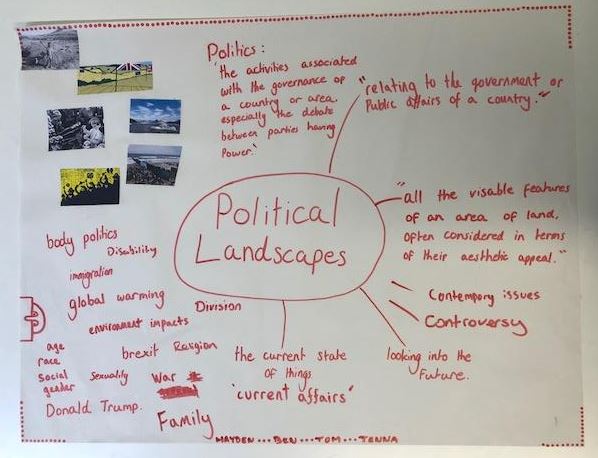
After going through these ideas with the class, it has come to my mind that a big current issue surrounding the government and the public is the issue of surveillance and people’s privacy. This can be explored in many ways in which I will look at in more detail in my next blog post.
As I did with the words political and landscape I thought it would also be a good idea to look at the definition of surveillance
Definition of Surveillance : Close observation, especially of a suspected spy or criminal
(Synonyms: observation, scrutiny, watch, view, inspection, monitoring, supervision, superintendence)
Here is a mood board which I have composed just based of my initial thoughts of the word surveillance…
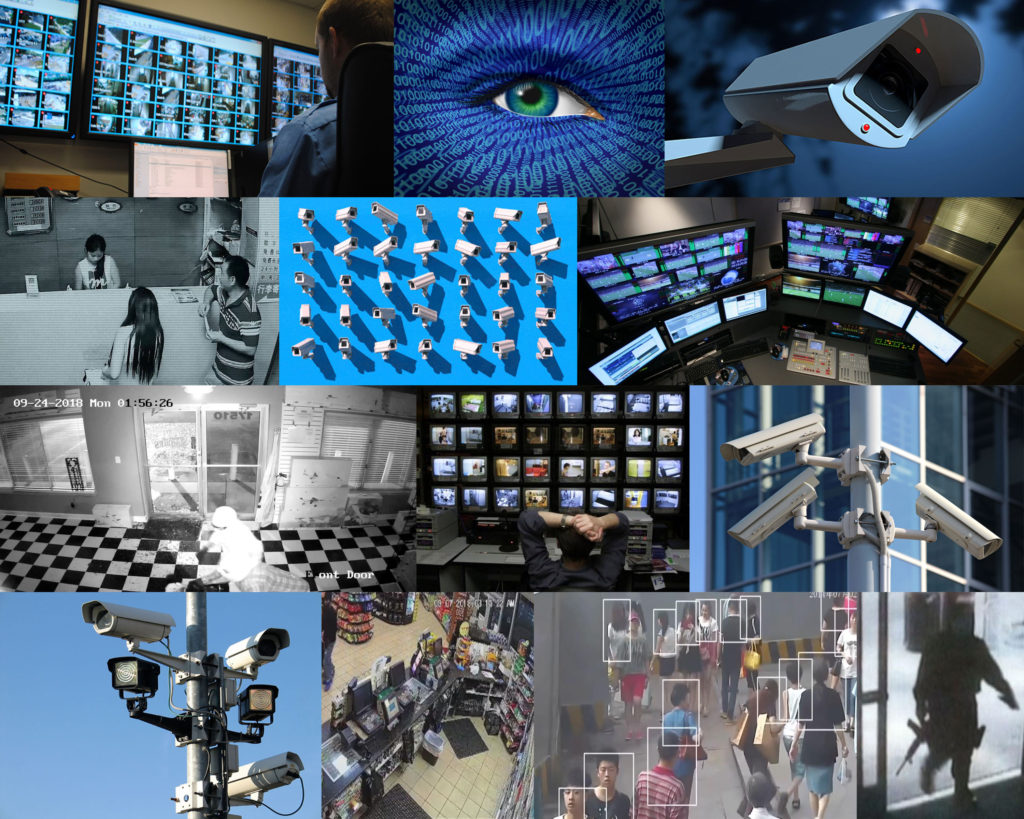

/arc-anglerfish-arc2-prod-jerseyeveningpost-mna.s3.amazonaws.com/public/P5QZ4YPJNJC5ZFZM7P5HUMLFC4.jpg)








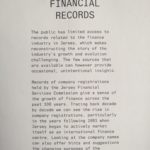











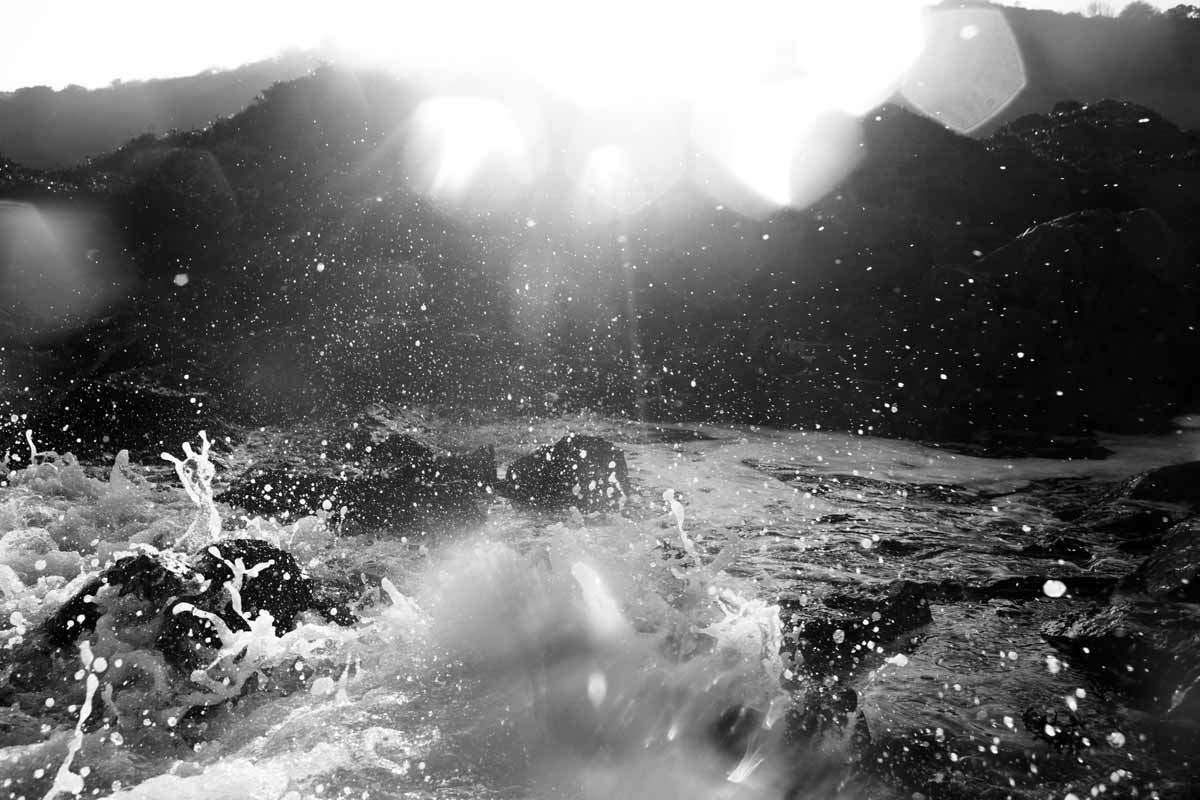
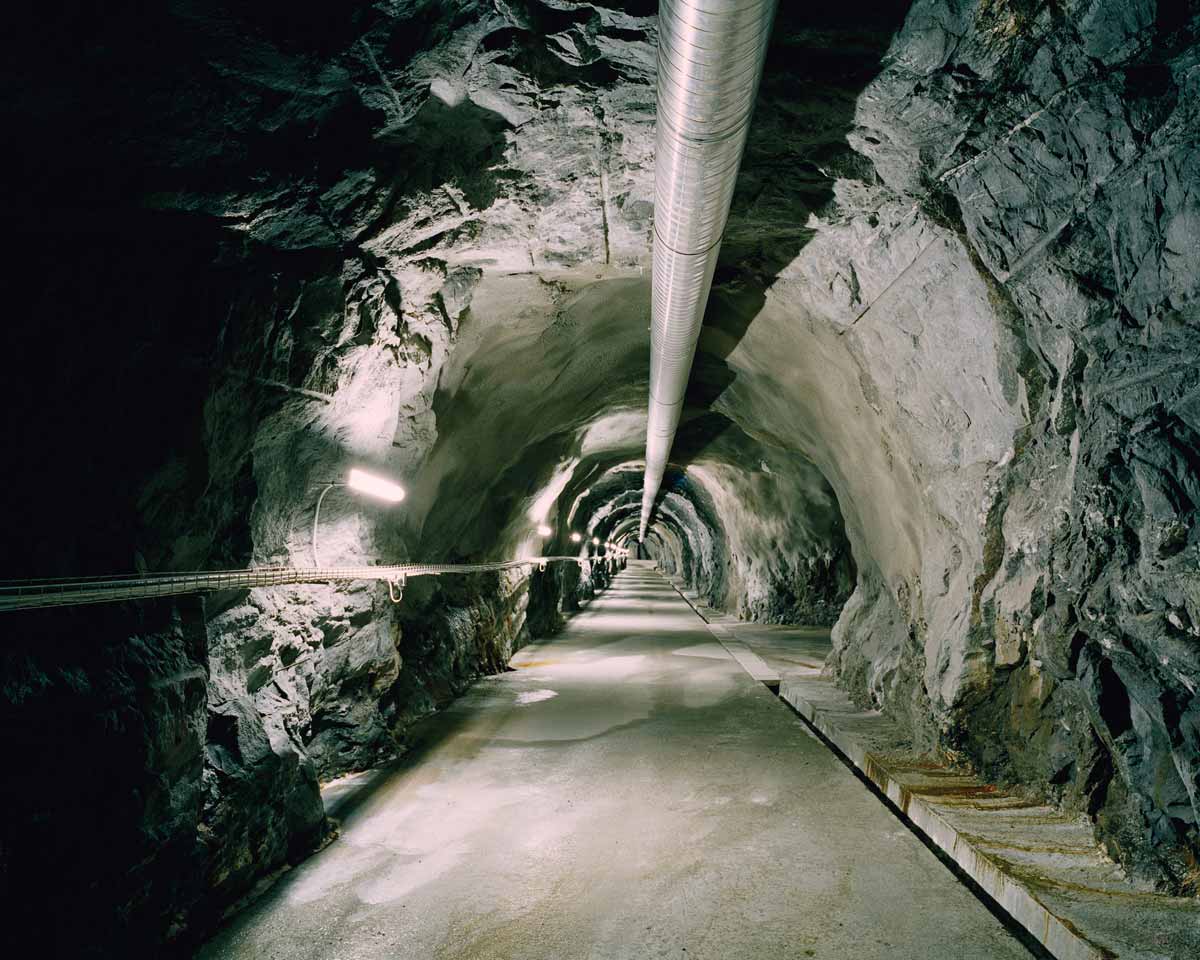

 Overall I think this artist approach is very circulated about getting the perfect image in the way of composition and the beauty,there are equal positions throughout and this type of photography would be considered as the ‘perfect’ or ‘right’ way to accomplish such an image. The tones also have a clear reflection of atmosphere,she will not use black and white as other the colour is a reflection fo scenario.
Overall I think this artist approach is very circulated about getting the perfect image in the way of composition and the beauty,there are equal positions throughout and this type of photography would be considered as the ‘perfect’ or ‘right’ way to accomplish such an image. The tones also have a clear reflection of atmosphere,she will not use black and white as other the colour is a reflection fo scenario.